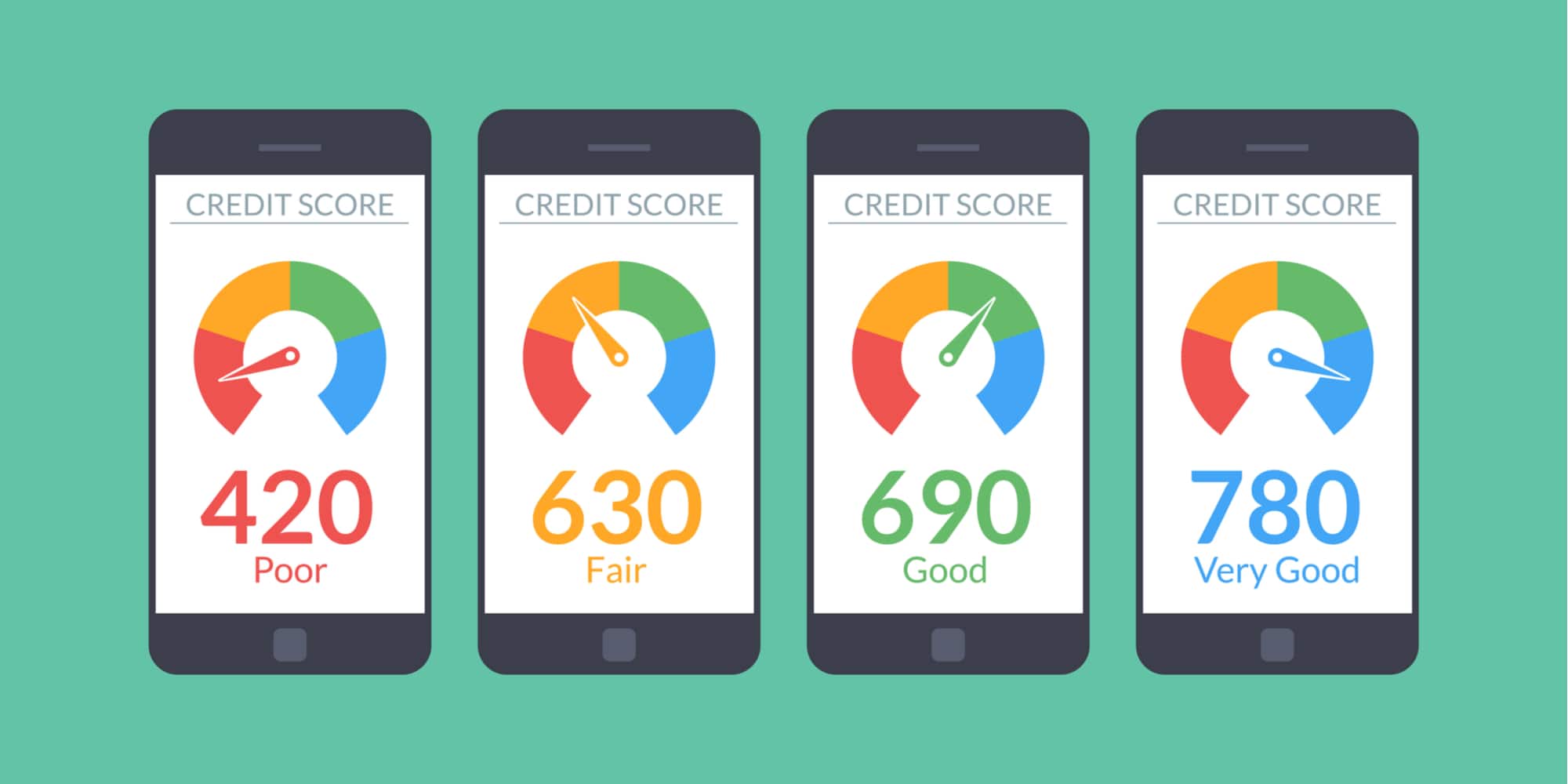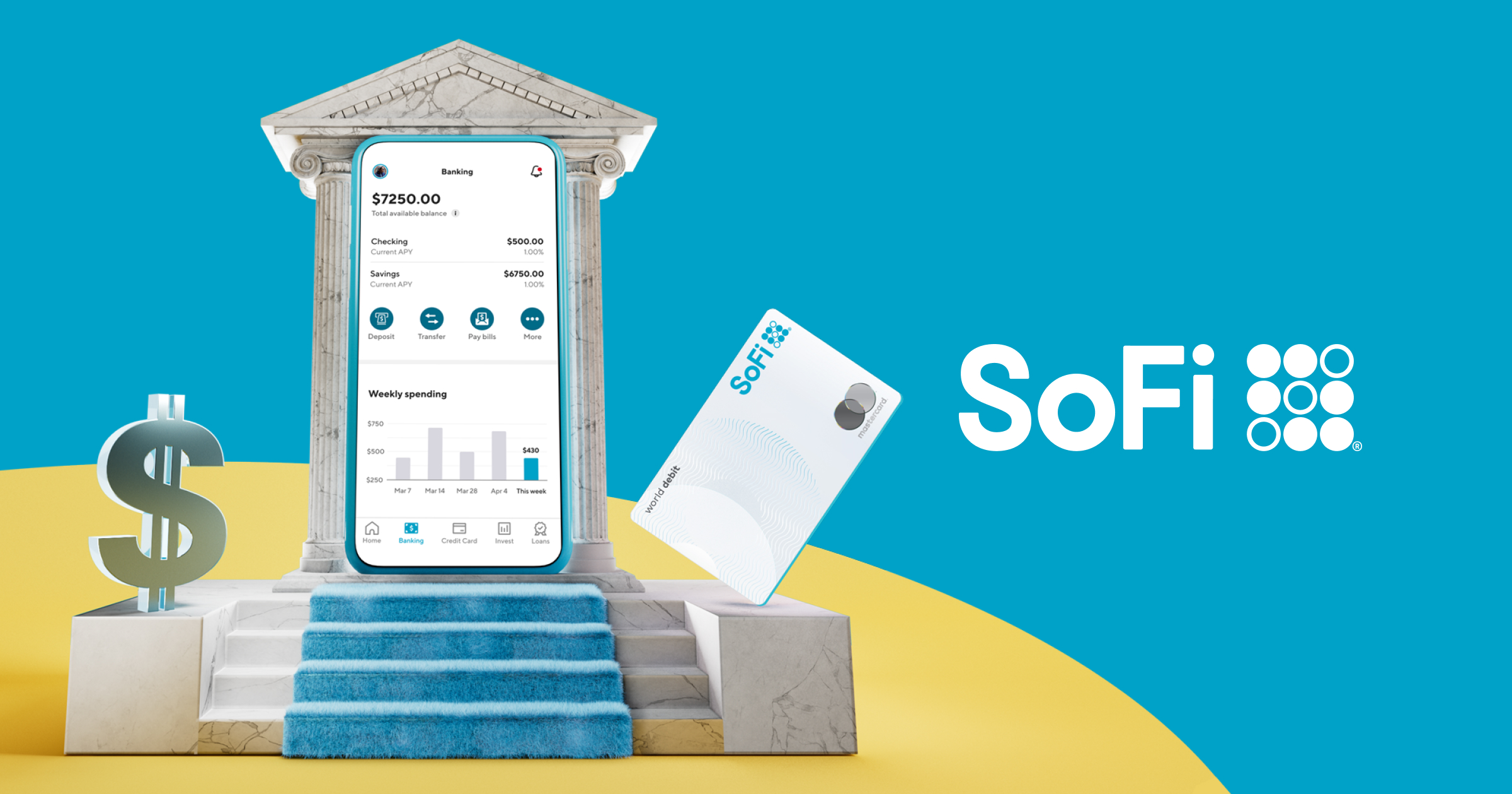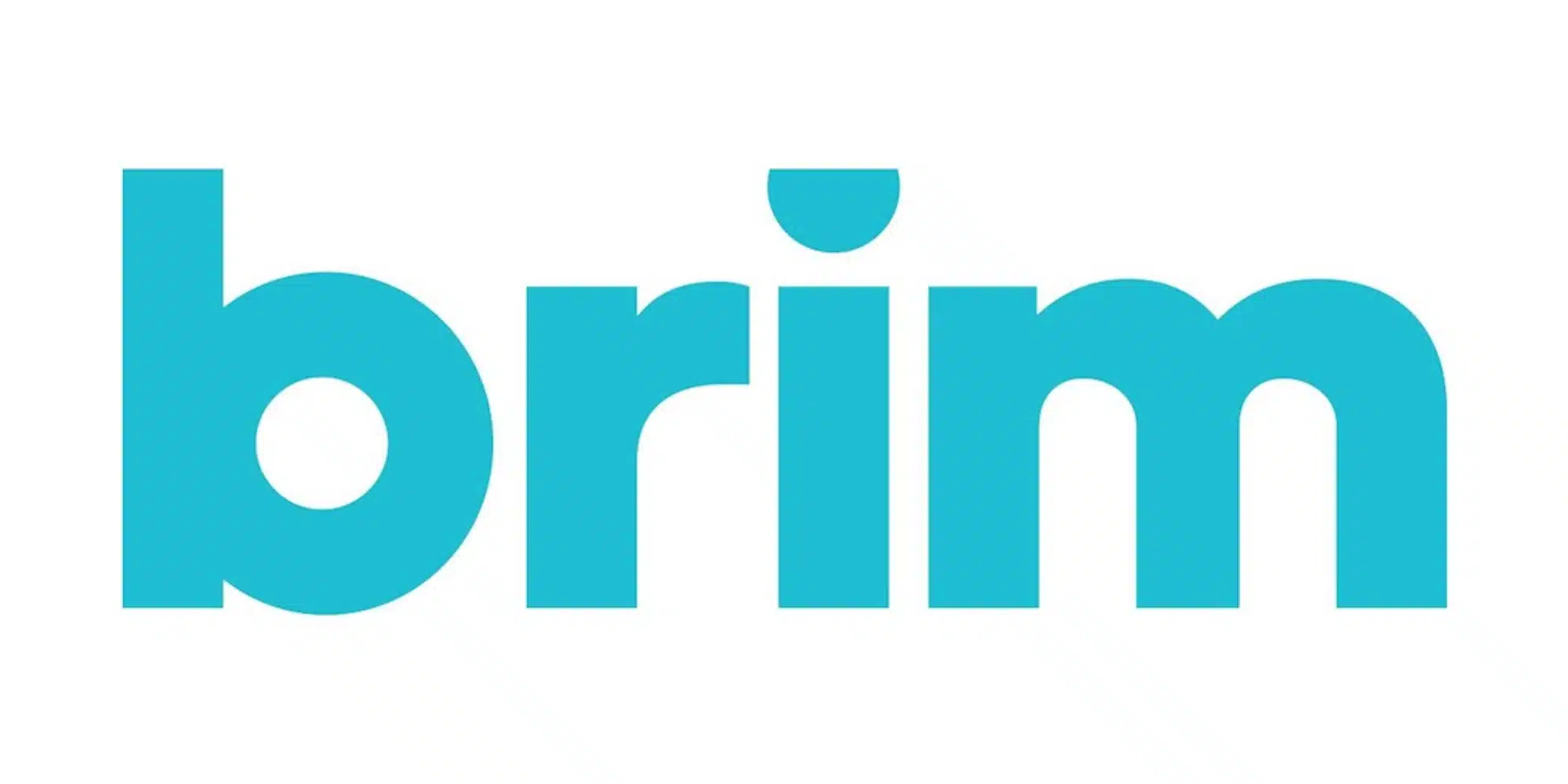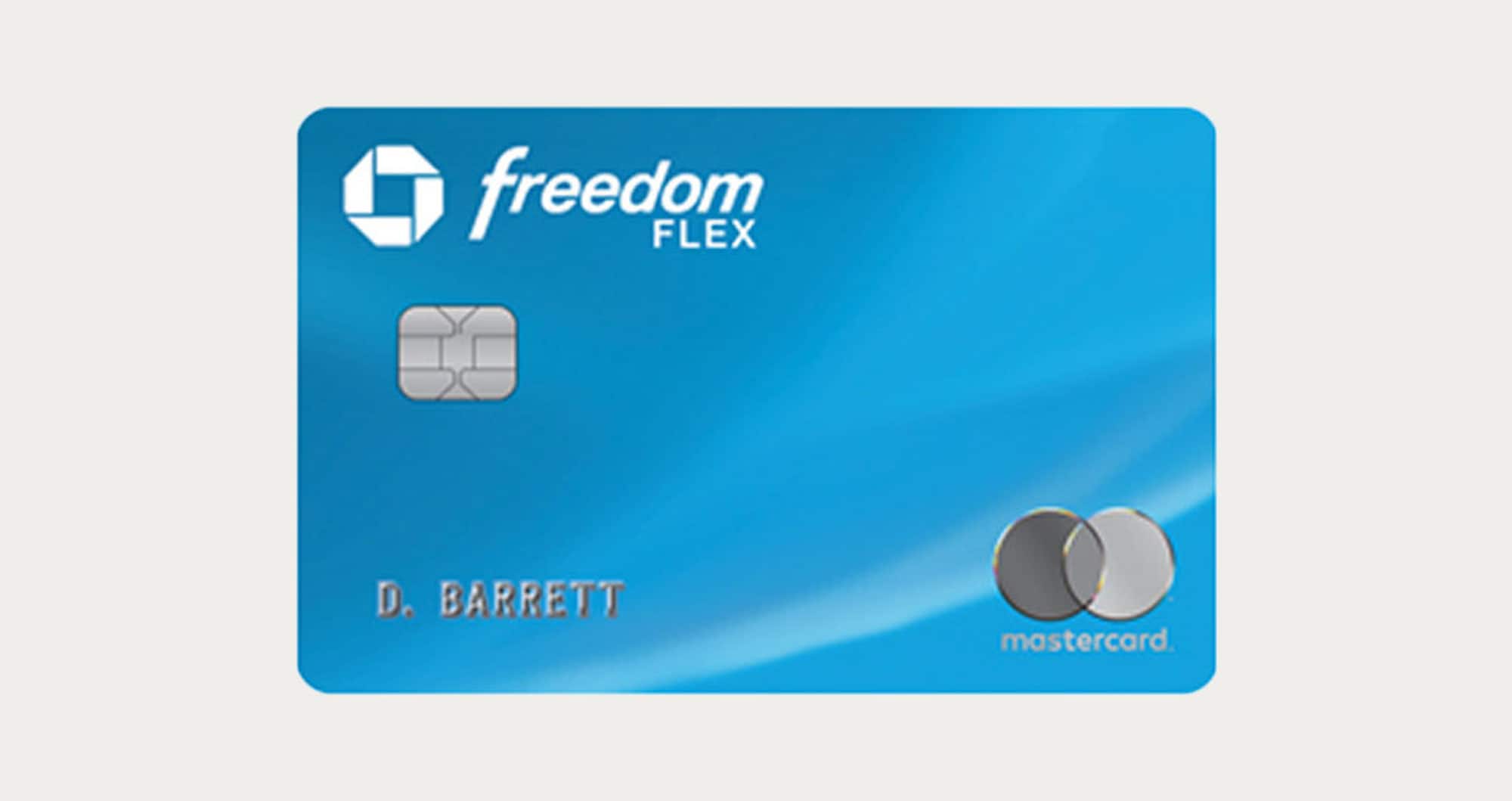
Money Management Product Reviews
Money at 30: Claritus Review
As someone who reviews a lot of apps and services, I end up keeping my money in a lot of different places. Conveniently, this also means that I get to put several aggregation tools to the test. While this has led me to more well-known services such as Mint and Personal Capital, I recently came across another tool called Claritus — which is apparently still in beta.
Having spent the past few weeks exploring Claritus and what it has to offer, how does it stand out from those other options? Let’s take a closer look at the Claritus platform and what I think makes it unique.

What is Claritus and How Does it Work?
Signing up
Getting started with Claritus is a fairly painless process. But, before you get around to actually creating a free account, the site will ask you a couple of questions. First, Claritus will inquire about what you hope to achieve by using the service. Then, you’ll be asked what types of assets you plan on tracking with the platform. Keep in mind that you’ll still be able to add assets even if you forget to mention that at this stage.
After those questions, you’ll just need to enter your name and email address as well as set up a password in order to create your account. Alternatively, you can also sign up with Google. Once you confirm your email address by entering a verification code that will be sent to you, you’ll be ready to begin exploring Claritus.
Linking accounts
What makes Claritus stand out in my mind is that you have the option to either securely link your banking and investment accounts or choose to manually enter all of your information. Starting with the former, Claritus utilizes Yodlee — an API that, similar to Plaid, provides read-only data to linked accounts. To add an account via this method, you’ll just need to select the supported account, log in using your username and password, and complete the two-factor authentication when needed. By doing this, Claritus will be able to automatically update your balances and other info on the platform. Meanwhile, you can elect to disconnect your accounts at any time.
If you wish not to connect your accounts, Claritus also allows you to manually enter balances and other data as well. For example, if you wanted to add a deposit account, you could enter an account nickname, a short description of what type of account it is, and the institution. Then, you can also put the date of your initial deposit (or the latest balance date), the interest rate the account earns, and more. Ultimately, while this method may mean that your overview is less accurate than if you automatically linked your accounts, it’s a good option for those who are perhaps more wary of FinTech in general.
Adding investments
Just as you can choose to manually enter banking account balances in Claritus, you can also track your investment portfolio without needing to link your accounts. By entering such information as how much of a stock you hold, what your average purchase price was, whether you reinvest dividends or not, etc., the platform will provide updates on your assets. What’s more, Claritus also supports cryptocurrency tracking, which will similarly update the value of your holdings based on what coins you own.
Data and viewing options
Once you’ve linked or manually entered all of your data, your Claritus dashboard will display a graph of your net worth. By default, this graph will feature data from the last 30 days. Off to the right side, you’ll also see a breakdown of your total assets versus total liabilities as well as your Asset Allocation. Below that, you’ll also see an overview of your various asset types along with “Return for period” data showing how much your accounts grew or shrunk during your selected time frame. On that note, you can adjust the period of time you’re reviewing by clicking the filter icon in the upper right and selecting either a custom date range or one of the preset options (last 30 days, last 90 days, last 12 months, this month, or this year).
As you click into different asset types, you’ll discover similar graphs and breakdowns. For example, selecting Cryptocurrencies not only shows me how my assets have performed but also gives me a glimpse at what percentage of my total crypto holdings are in Bitcoin, Ether, and Dogecoin. Meanwhile, under Securities, Claritus provides a Risk Level for your current portfolio (mine is currently High since I only added info for my individual stocks). Similarly, if you scroll down to where each of your brokerage accounts is displayed, you’ll see a risk level assigned to each. Of course, you can also click on any of these accounts to see similar data on a more granular level.

No mobile app
Before we get into my personal experience with Claritus, I should note that there is currently no mobile app for the service. As I noted at the top, the platform is still in beta, which may be a reason for this minor dilemma. On the bright side, the Claritus site works well on mobile browsers, so you can definitely still keep up to date on your accounts while on the go. Pro tip: you can even add a Claritus link to your home screen for easier access. If you’re an iOS user, just load the Claritus site in Safari, tap the Share button (the square icon with the arrow), and then select Add to Home Screen. It will even use the services logo just like it’s an app — you’re welcome.
My Experience with Claritus So Far
Monitoring my portfolio
As soon as I realized that I could manually enter my brokerage account info in Claritus, that was the first thing I did. In doing so, I was pleasantly surprised by how simple the process was. After selecting which brokerage account I was adding, it was easy to fill out my portfolio holdings.
To add stocks/ETFs to your manual portfolio, you’ll start by typing the ticker symbol. While you can just type it and move on, I was always sure to select the right one from the options that popped up. Then, I just needed to add the number of shares I own and what the average price was that I paid for said shares. Luckily, this info was all really easy to find in each of the brokerage accounts I entered. Also notable is that Claritus does support entering fractional shares — although you may end up with a slight rounding error. Overall, however, I was really impressed with how smooth this process was.

Account updates
With my investments added, the true test began. And, sure enough, Claritus came through! First, I was impressed that the platform was able to automatically update that I had received a dividend and applied the ensuing fractional share accordingly. While we’re on the subject, I also love how there’s a “Dividends per period” call out on both the Securities landing page as well as on your individual brokerage account pages.
Something I should note is that Claritus doesn’t provide real-time pricing updates for manual investment accounts. Instead, you may notice that your figures are based on the previous close price (I’m honestly not 100% sure when the updates occur). This may be a downside for some but I figure that most long-term investors are fine with this slight delay. Still, if you are looking for a tool that will help you make quick trade decisions, you’ll want to look elsewhere for sure.
Logos
I’m quite a sucker for a nice design. Thus, I have to mention how much I appreciate Claritus providing brand logos for manually-added accounts just as they do for automated ones. For the record, that’s why you’ll want to ensure that you select the correct brand from the pulldown menu even when adding manual accounts. On that note, I also think it’d be cool if the same could be done for stocks that you own (cryptocurrencies icons are already there, so this seems like a logical update). I guess that wouldn’t quite work for ETFs or some other assets but, when available, I think having them would be a nice touch.
Simple and straightforward
Finally, if you’re a regular reader of my reviews, you may notice that this one is a bit on the short side. That’s because, at this time, there isn’t a whole lot to the Claritus platform. However, this is in no way a criticism. In fact, I’d count the simplicity of Claritus as one of its greatest strengths. Sure the service might benefit from some additional features but, in my experience, having too many options and overcomplicating a platform is often a larger sin than keeping things lean. Thus, I’m definitely enjoying how straight-forward and easy-to-navigate Claritus is because it’s good at what it does.
Final Thoughts on Claritus
While Claritus might seem like just another account aggregator, in my opinion, the platform is actually doing something special. Although I don’t personally mind using Plaid or other services to automatically link my accounts, I understand the hesitation that others might have. Therefore, I think Claritus has come up with a great solution that allows these consumers to enjoy the benefits of aggregation without the perceived risks.
Of course, if you were going to use Claritus in a purely manual way, it might not make sense to use it as a complete net worth tracker since you’d need to regularly update your bank account balance data by yourself. On the other hand, I think that the investment portfolio tools work well enough in manual mode (and perhaps even better than if they were relying on actual account linkage) that you could use Claritus solely for this purpose. In fact, that’s pretty much my plan at this point — but I might also recommend a “hybrid” approach where you link bank accounts but manually enter investments.
With Claritus still billing itself as being in beta, I’m really interested to see how the platform evolves from here. To that point, while I don’t have any specific feature requests, I can imagine that a lot could be added down the road. In the meantime, if you’re looking for a way to track your investments across multiple brokerages, I’d recommend giving Claritus a try.









